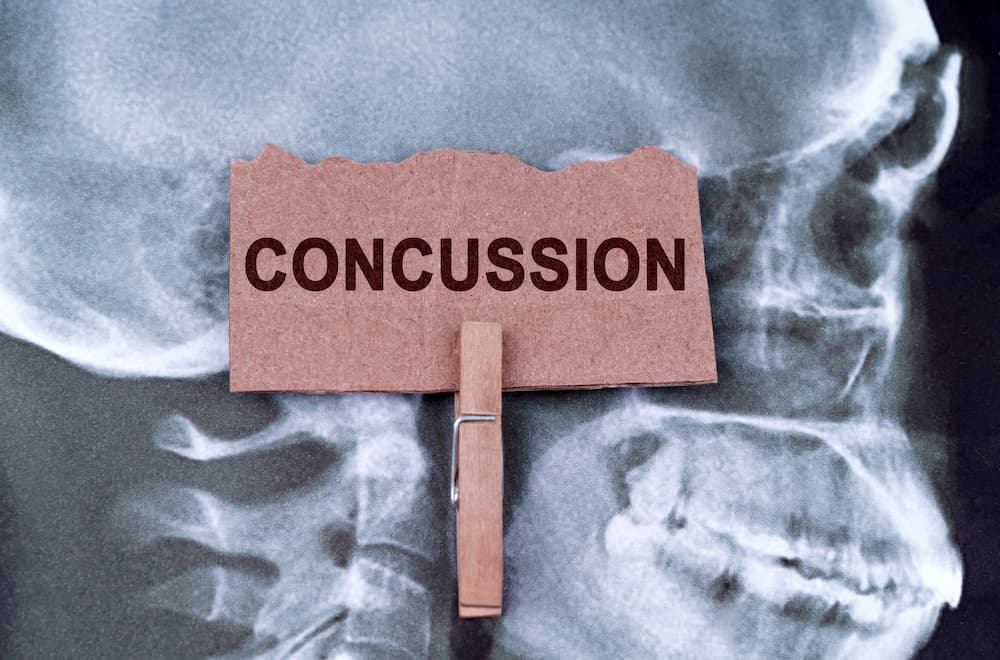Transcranial Magnetic Stimulation (TMS) has been a breakthrough in treating mental health disorders, particularly depression and anxiety. However, recent research has turned the spotlight on TMS as a potential treatment for Attention Deficit Hyperactivity Disorder (ADHD), a condition affecting millions worldwide. Characterized by symptoms such as inattention, hyperactivity, and impulsivity, ADHD can present significant challenges in daily life. While traditional treatments like medication and behavioral therapy have proven effective for many, not everyone finds relief. TMS offers a promising alternative that may change the landscape of ADHD treatment.
What is Transcranial Magnetic Stimulation?
TMS is a non-invasive brain stimulation therapy that uses magnetic fields to stimulate nerve cells in specific regions of the brain. The procedure involves placing a coil on the scalp that generates magnetic pulses, which pass through the skull to target particular areas of the brain. These magnetic pulses stimulate brain cells, encouraging them to become more active or to establish better connections with other parts of the brain.
The beauty of TMS lies in its precision. Unlike medications that affect the entire body, TMS focuses on the brain regions responsible for specific functions. For ADHD, this means targeting areas like the prefrontal cortex, which is associated with attention, decision-making, and impulse control. By modulating activity in this region, TMS could help alleviate some of the symptoms of ADHD.
How ADHD Affects the Brain
Understanding how TMS can benefit those with ADHD requires a basic grasp of how ADHD affects the brain. ADHD is often linked to underactivity or poor connectivity in the prefrontal cortex, a critical area of the brain involved in regulating behavior, focusing attention, and controlling impulses. This underactivity is believed to be one of the reasons why individuals with ADHD struggle to stay focused, manage their impulses, or complete tasks without distraction.
In addition to the prefrontal cortex, other brain regions are implicated in ADHD. The default mode network (DMN), which is active when the mind is at rest, and the task-positive network (TPN), which kicks in when the brain is engaged in tasks, often exhibit poor coordination in people with ADHD. This imbalance makes it harder for individuals to switch between mental states, leading to issues with focus and impulsivity.
TMS as a Potential Solution for ADHD
The promise of TMS for ADHD lies in its ability to directly influence brain function. By stimulating underactive regions like the prefrontal cortex, TMS can help restore balance in the brain’s activity, improving attention, impulse control, and other executive functions. While TMS is not a cure for ADHD, it holds potential as a supplemental or alternative treatment for individuals who don’t respond well to medication or who prefer non-pharmacological interventions.
In clinical studies, TMS has shown some positive results in reducing ADHD symptoms. Participants have reported better focus, improved impulse control, and even a reduction in hyperactivity after undergoing TMS therapy. Some studies have specifically targeted the right dorsolateral prefrontal cortex, a brain region associated with executive functions, to modulate these ADHD symptoms. While further research is needed to solidify these findings, early results are encouraging.
Advantages of TMS Over Traditional ADHD Treatments
One of the most appealing aspects of TMS is its minimal side effects, particularly when compared to ADHD medications like stimulants. Medications, while often effective, come with a host of potential side effects, including insomnia, appetite changes, increased heart rate, and heightened anxiety. These side effects can be especially troubling for children and adults with ADHD, many of whom already struggle with anxiety or sleep problems.
TMS, on the other hand, is well-tolerated by most patients. The most commonly reported side effects include mild headaches or discomfort at the site where the coil is placed. These side effects are usually short-lived and don’t interfere with daily activities. TMS sessions typically last 30-60 minutes, and there’s no need for recovery time. Patients can return to their normal routines immediately after a session, making it a convenient option for those with busy schedules.
Additionally, TMS does not carry the risk of long-term side effects or dependency, which can be a concern with ADHD medications, particularly stimulants. Since TMS works by directly influencing brain activity, it can be a long-term solution for managing ADHD symptoms without the ongoing need for medication adjustments.
The Procedure: What to Expect
For individuals curious about what the TMS process looks like, it’s relatively straightforward. During a typical session, a healthcare provider places a magnetic coil on the patient’s scalp, targeting the brain regions associated with ADHD symptoms. The coil delivers magnetic pulses, stimulating neural activity in the targeted area.
Each session usually lasts about 30-60 minutes, and patients remain fully awake throughout the process. Unlike electroconvulsive therapy (ECT), another form of brain stimulation, TMS does not require anesthesia, and there’s no memory loss or cognitive impairment after the session. The number of sessions required can vary, but many patients undergo TMS five days a week for four to six weeks. The cumulative effect of these sessions is what produces the improvements in ADHD symptoms over time.
Current Research and Future Prospects
While the research into TMS for ADHD is still in its early stages, the future looks bright. A growing number of studies suggest that TMS can offer real benefits for those with ADHD, particularly when it comes to improving attention and reducing impulsivity. As more research is conducted, experts are working to fine-tune the technique, identifying the most effective brain regions to target and the ideal frequency of sessions.
Researchers are also exploring how TMS could be combined with other treatments for ADHD. For instance, some studies are investigating whether TMS could enhance the effectiveness of cognitive-behavioral therapy (CBT) or improve the outcomes of behavioral interventions. By combining treatments, healthcare providers might be able to offer more comprehensive care that addresses the unique needs of individuals with ADHD.
TMS: A Growing Field with Great Potential
Transcranial Magnetic Stimulation is a rapidly growing field in neurological treatments. Its potential applications extend beyond ADHD, with ongoing research exploring its benefits for conditions like depression, anxiety, and even PTSD. As more people turn to non-invasive brain stimulation therapies, TMS is becoming a more widely accepted option for individuals seeking alternative treatments for neurological conditions.
For individuals with ADHD, TMS presents an exciting opportunity to manage symptoms in a way that is both effective and minimally disruptive to their daily lives. Although it’s not yet a mainstream treatment for ADHD, the growing body of research points to its potential as a game-changing tool for managing attention, impulse control, and hyperactivity.
Is TMS Right for You?
TMS is an innovative, non-invasive treatment option that shows great promise for individuals with ADHD who are looking for alternatives to medication. With its ability to target specific areas of the brain and modulate neural activity, TMS offers a fresh approach to managing the core symptoms of ADHD. Though it’s still relatively new in the world of ADHD treatment, early research suggests that it could be a viable option for those seeking long-term symptom relief without the side effects associated with traditional medications.As with any treatment, it’s important to consult with an expert, such as Axon Integrative Health, to determine if TMS is the right option for you or your loved one. For those who are struggling with the challenges of ADHD, TMS might just be the game-changer they’ve been waiting for.





